This Icon is true gem for museum not to mention private collecting. This scarce depiction of Saint Nicholas the Wonderworker was painted in Moscow in third quarter of 16th century (not later than 1590), mercury (fire) gilding silver oklad was produced presumably in late 17th century in Kiev. Antique Russian icon painted in egg tempera, prepared with gesso and linen. As a reference I was able to find exactly matching Nicolas depiction presented in German museum of Icons, Recklinghausen (catalog #156). Quite a similar icon could be hardly seen in very few museums and maybe in one or two very important private collection! Here is truly unique chance for serious collector, museum or investor to acquire something really Important. 100% original 16th century being sold with our strong extended guarantee.
Size app.: Wooden panel + silver oklad 19.8 cm (roughly 7.8 in) high, 15.3 cm (roughly 6 in) wide, 1.7 cm (roughly 0.7 in) deep. Good condition for its age. Wear, damages, losses, retouches, silver framing is mercury gilt. Please study high-res pictures for cosmetic condition! In person actual item may appear darker or brighter than in our pictures, strictly depending on sufficient light in your environment. Weight of silver oklad 113 gram, overall 309 gram, is going to measure some 2 kg volume weight packed for shipment.
“Shoulder images of St. Nicholas with selected saints in the fields are known among the monuments of the Rostov circle since the 15th century. This may indicate the existence of some Icon venerated in the 15th century in the Rostov lands, the legends about which have been lost, but the repetitions of which have survived. Perhaps, with the appearance and spread of this image, the emergence of another image of St. Nicholas the Wonderworker. All surviving icons of this iconography belong to the second half of the 16th century. All of them are close not only iconographically, but also stylistically. St. Nicholas is depicted on the shoulder, so that only a white omophorion with dark crosses and a small triangular collar fragment decorated with precious stones are visible. The face is large with a high and wide forehead, large eyes, a thin long nose and a small mouth. Typologically, the structure of the face goes back to the Moscow monuments of the first half of the 16th century; Probably, at this time, this iconography spreads, going back to a group of similar icons of the saint, which have spread since the end of the 15th century, mainly in the Rostov lands, possibly being a repetition of the miraculous image that has not survived. We find a similar image among the portraits in the Iconographic original of the Siysk Monastery of the 16th century. (Pokrovsky, 1898. fol. 12). It is interesting that outside the XVI century. such images were not widespread, but in the 19th century, especially among the Old Believers, their popularity was growing.” (T. N. Nechaeva
- Head of the Department of the Central Museum of Ancient Russian Culture and Art named after Andrey Rublev).



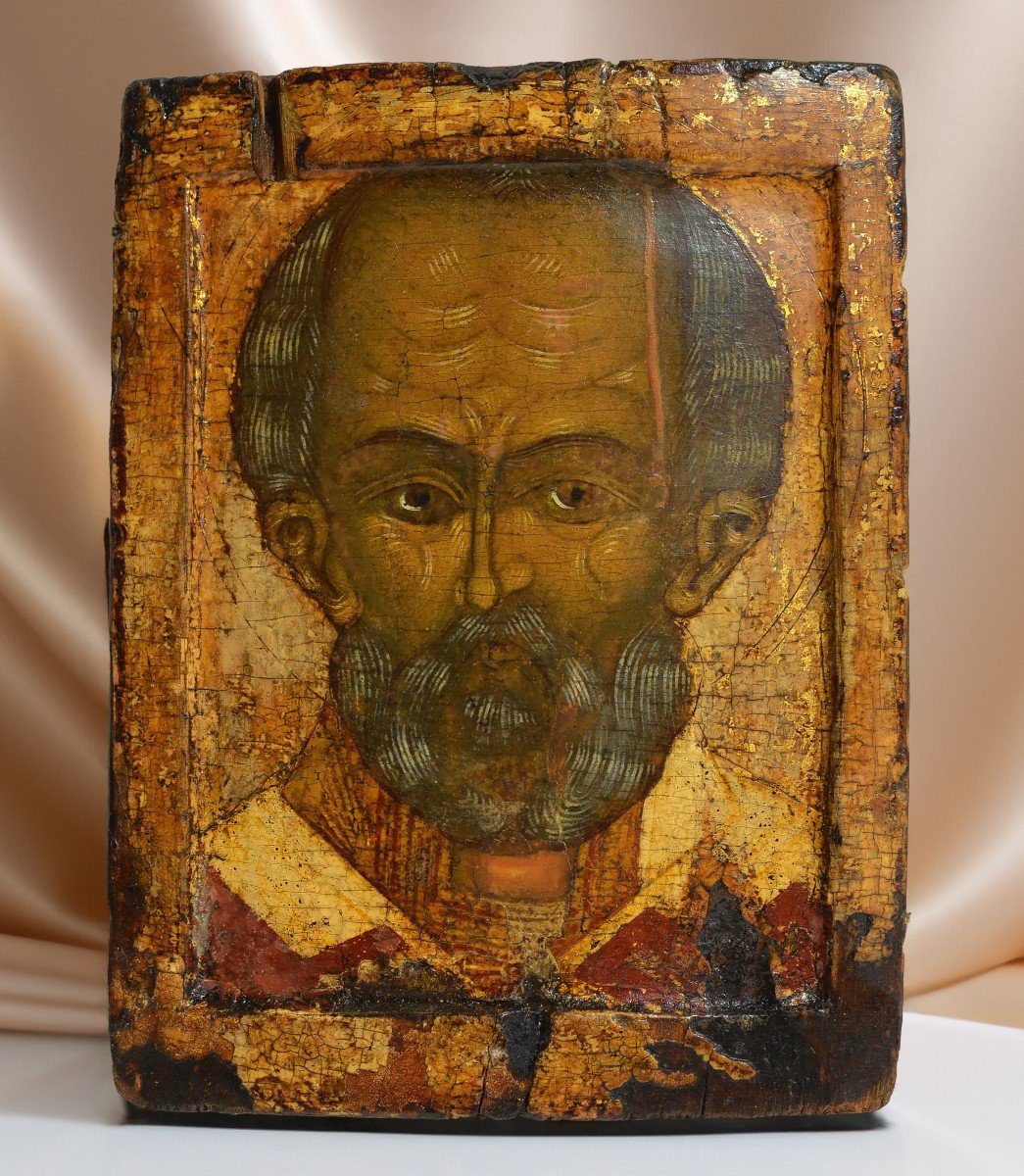
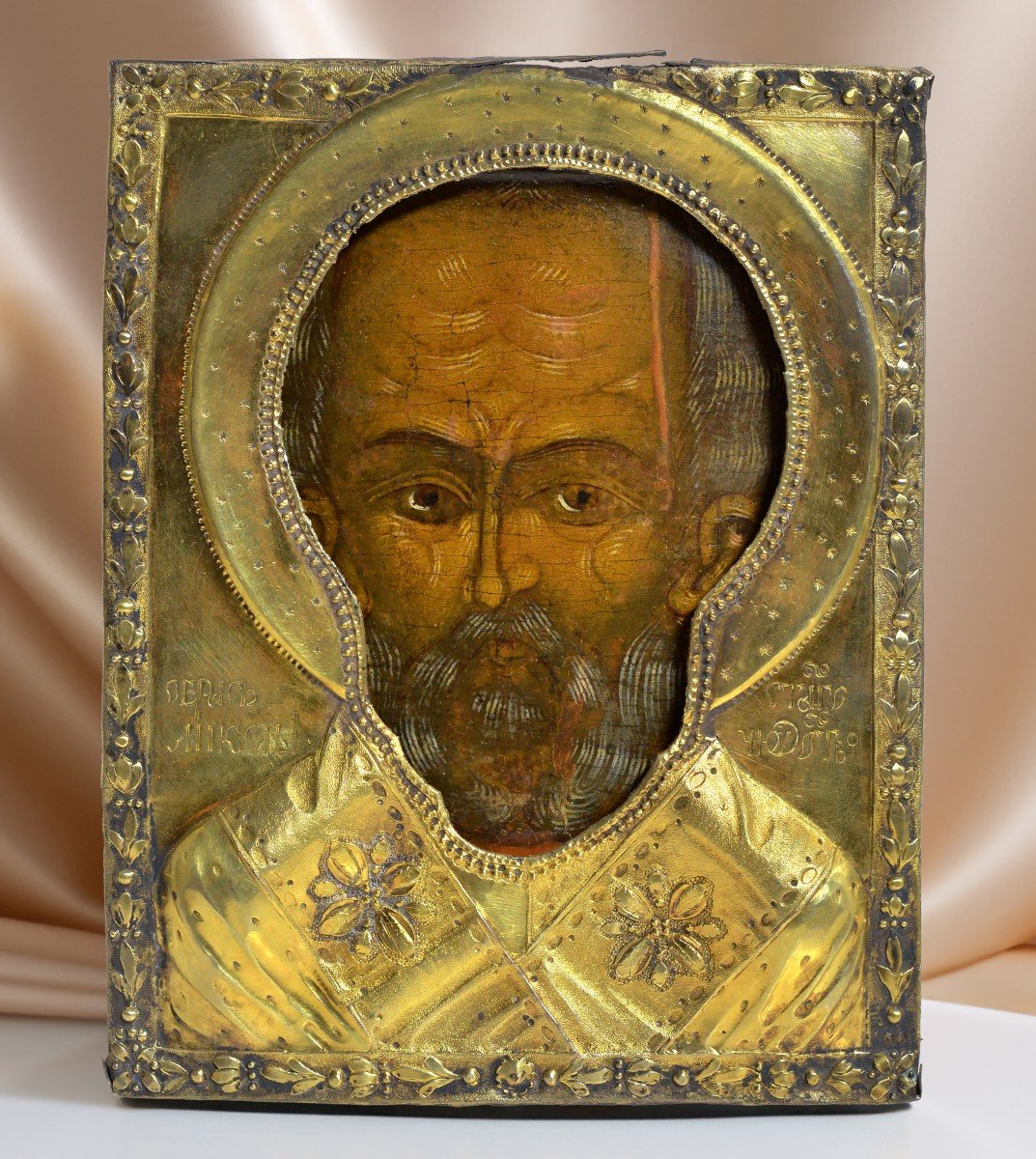
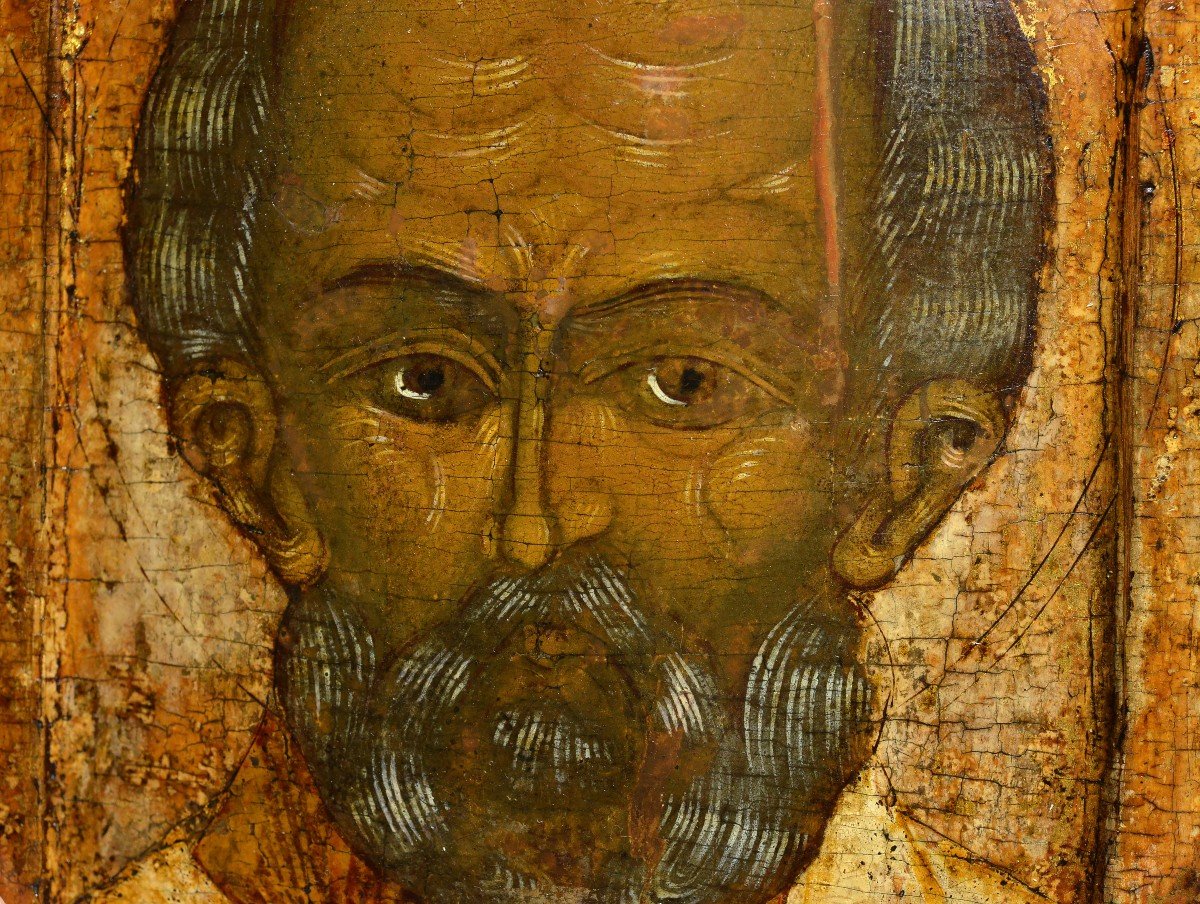


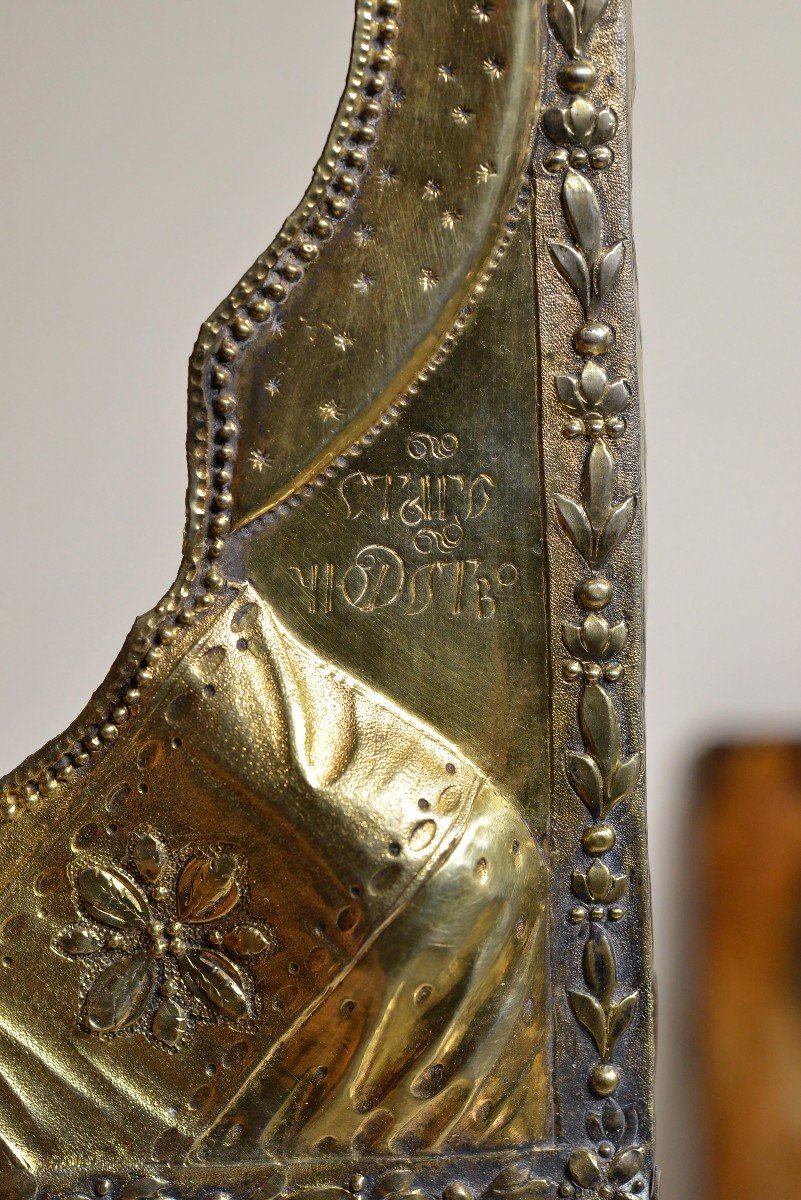
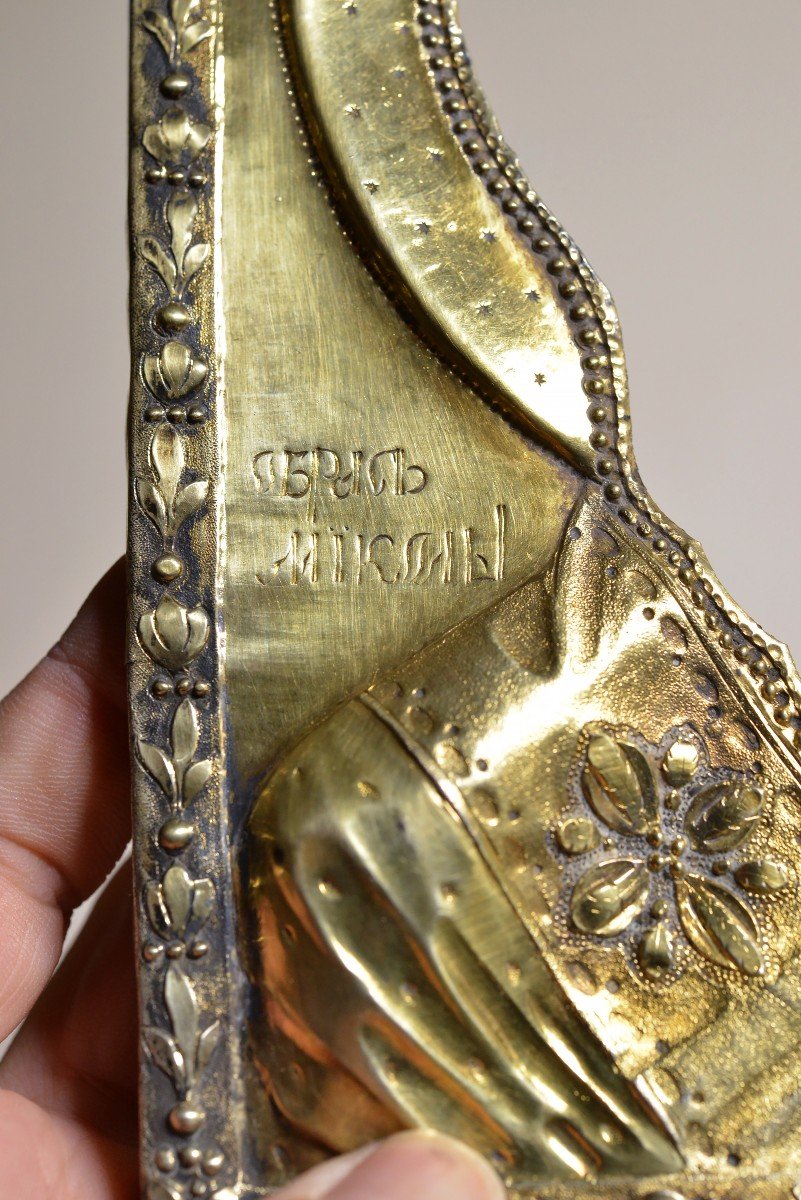
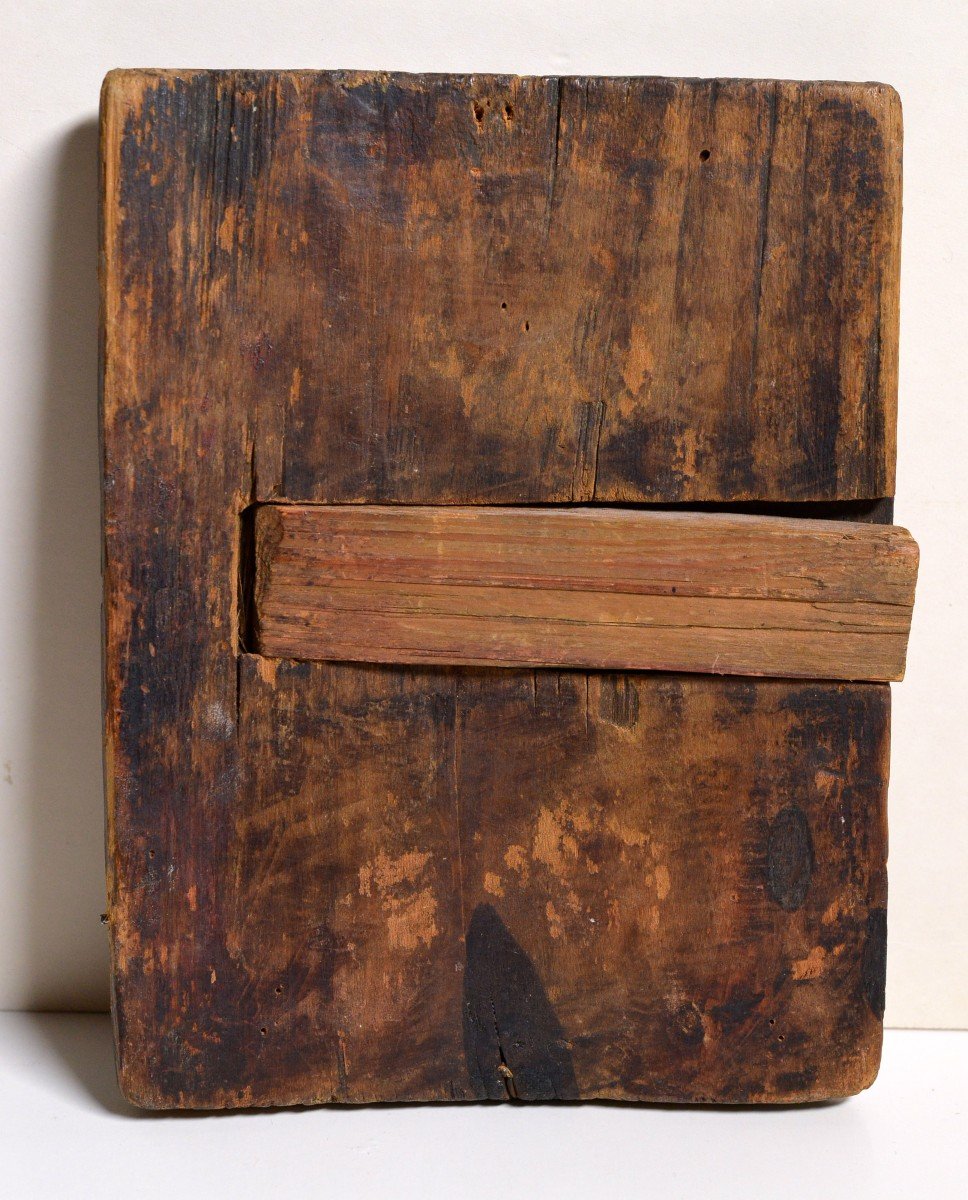
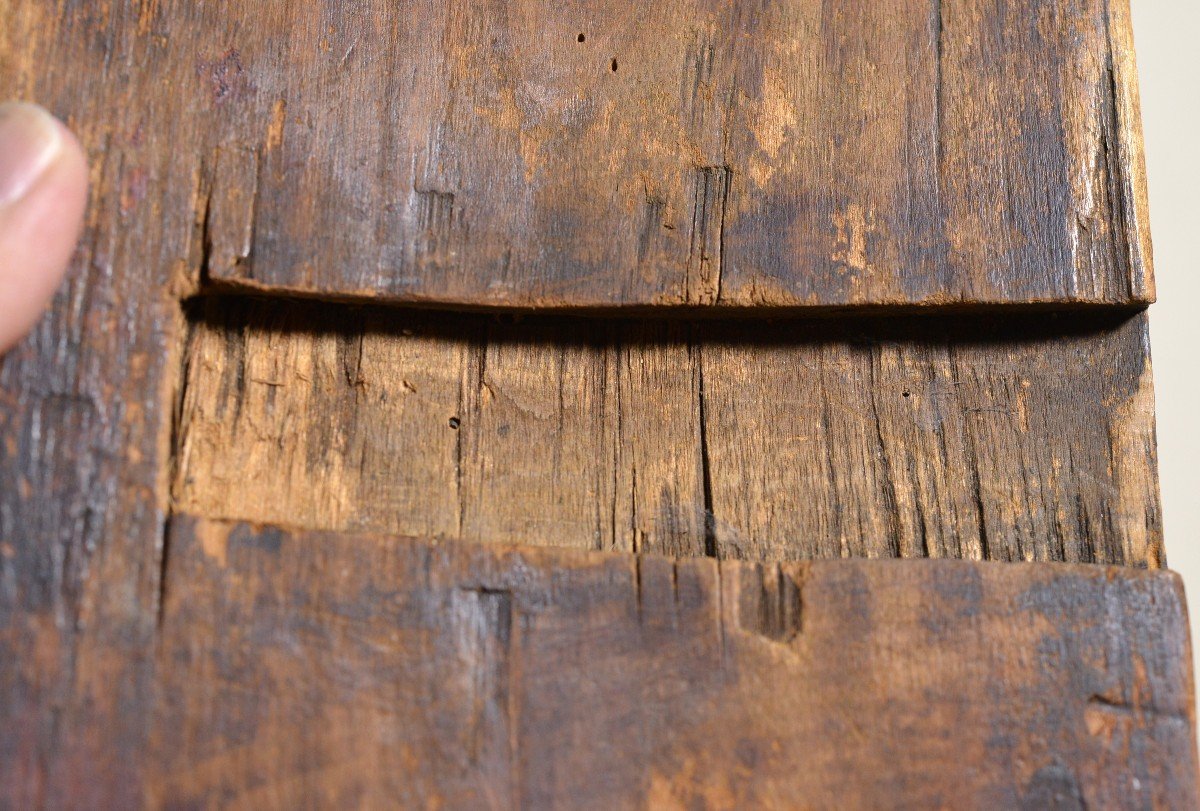
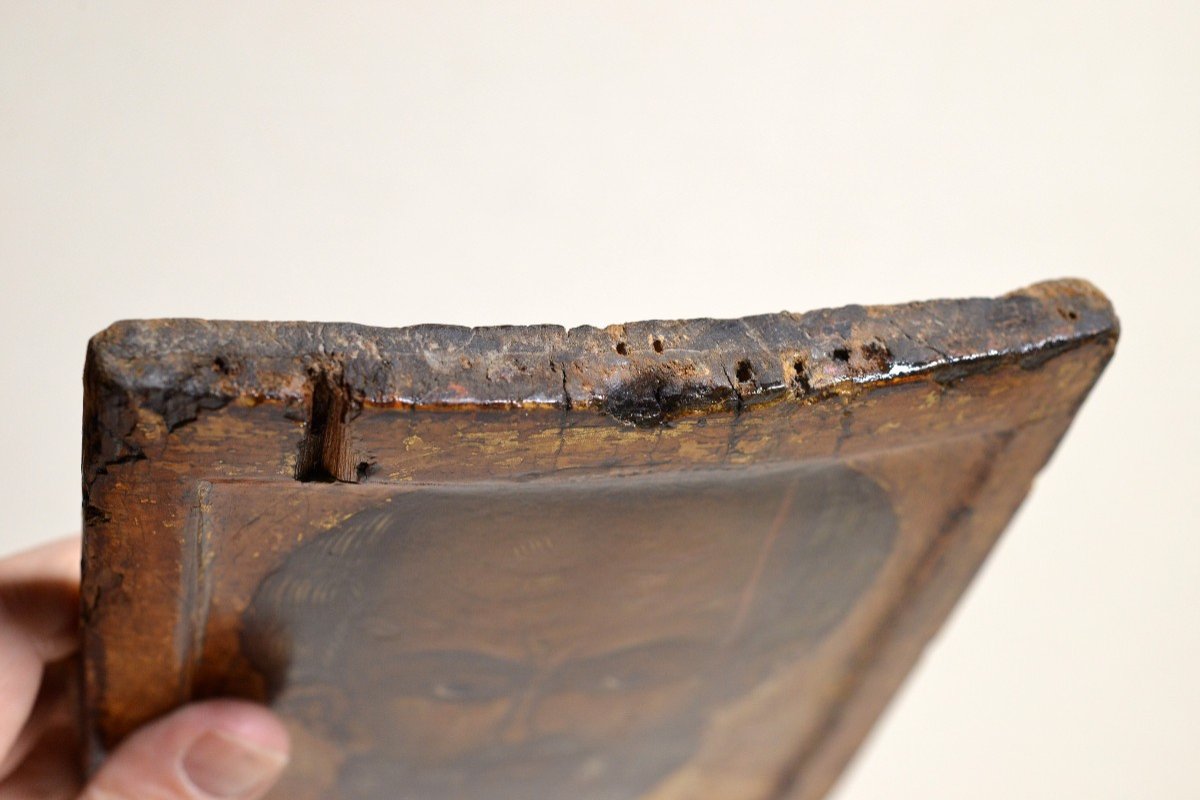
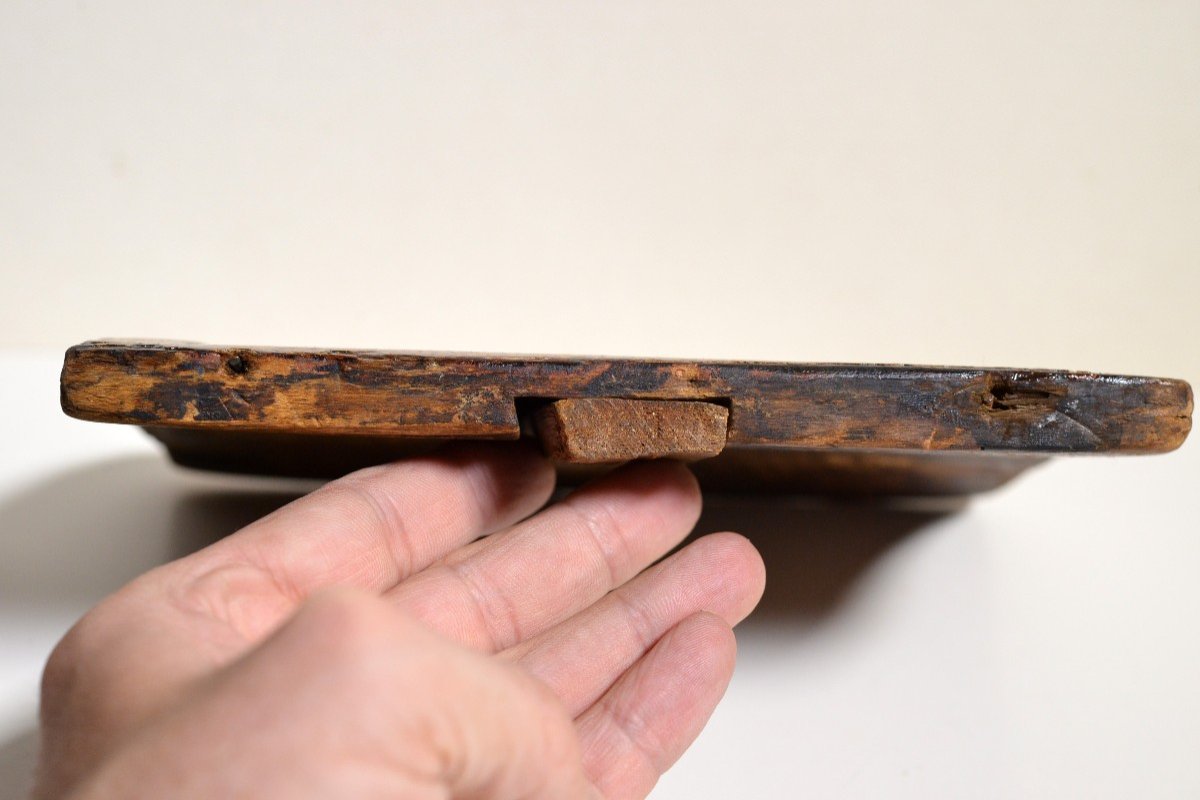


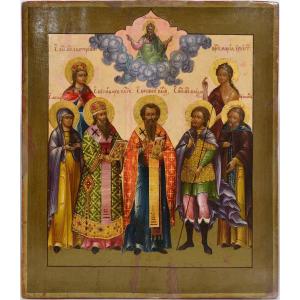
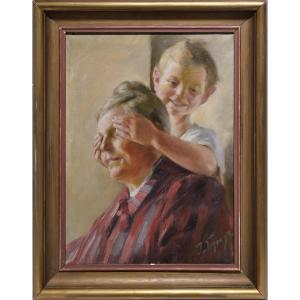





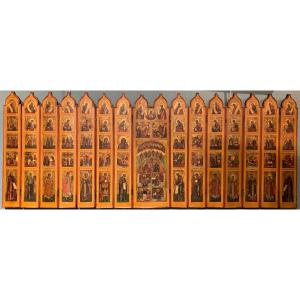
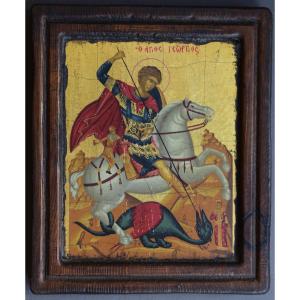
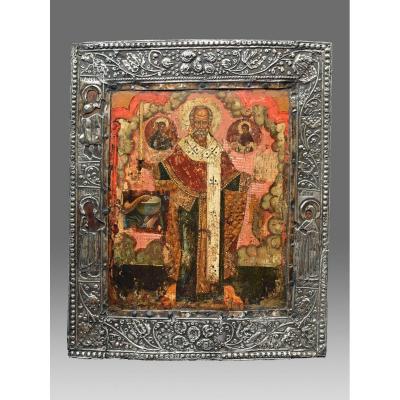



 Le Magazine de PROANTIC
Le Magazine de PROANTIC TRÉSORS Magazine
TRÉSORS Magazine Rivista Artiquariato
Rivista Artiquariato
